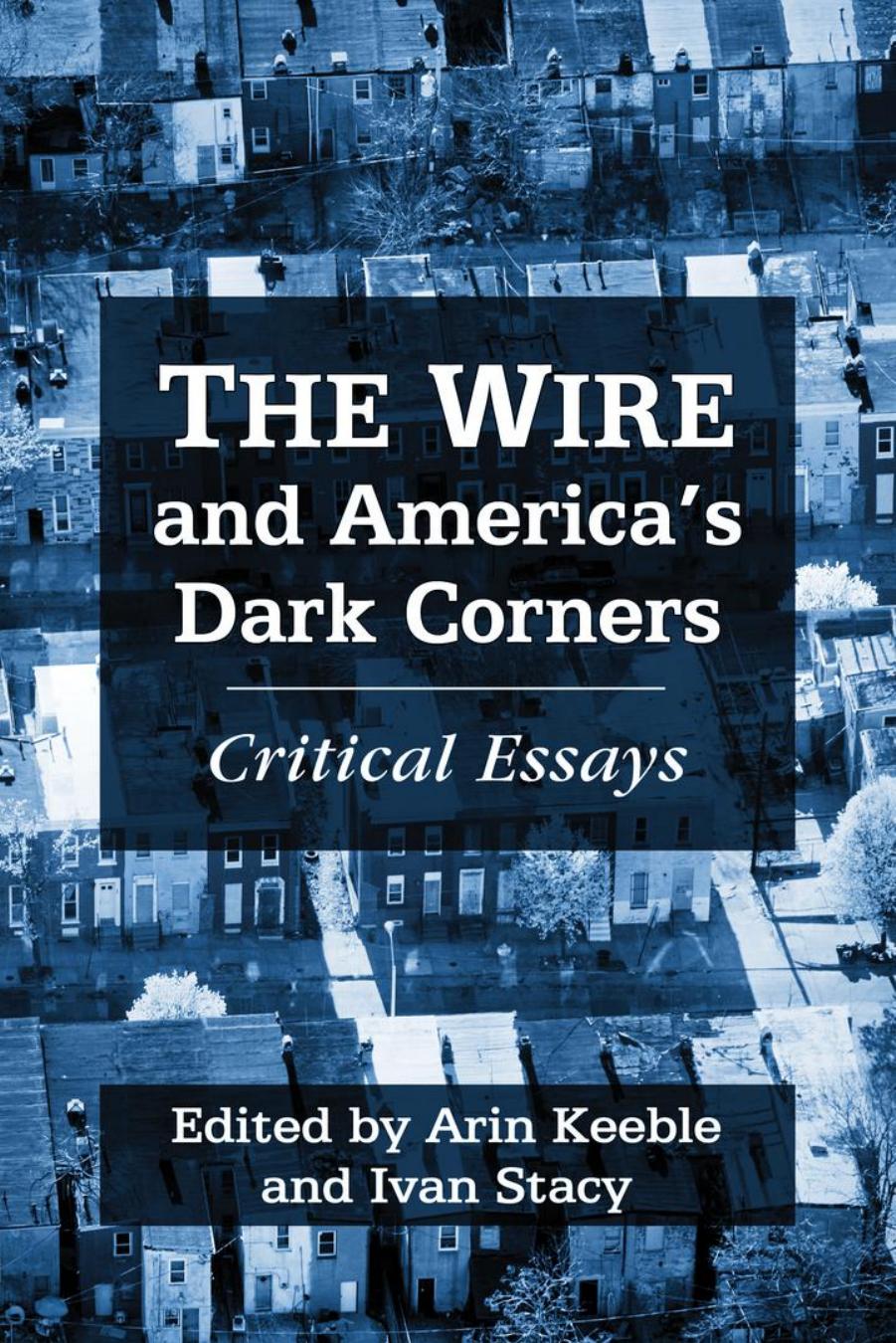Wire and America's Dark Corners by Keeble Arin; Stacy Ivan;

Author:Keeble, Arin; Stacy, Ivan;
Language: eng
Format: epub, pdf
Publisher: McFarland & Company, Inc., Publishers
Published: 2015-03-22T16:00:00+00:00
Insurgency, Accidental Guerrillas and Gang Culture
TIFFANY POTTER and TOBIAS SIRZYK
According to David Kilcullen, former senior advisor to United States general David Petraeus in Iraq, the effectiveness of any insurgency depends upon its capacity to gain support from the members of the local population who are initially uninterested in the cause, but can be provoked to fight and persuaded to change sides. Kilcullen calls these individuals “accidental guerrillas.” For an accidental guerrilla, allegiance is typically dictated not by greed or by a particular grievance, but rather by the need to associate with whichever side can best increase access to the means of survival. This essay argues that the modern tactics of insurgency outlined by Kilcullen in his book The Accidental Guerrilla: Fighting Small Wars in the Midst of a Big One are similar to those used by the drug cartels depicted in The Wire. The application of Kilcullen’s model of insurgency illuminates the methods used by both the Stanfield and Barksdale organizations to recruit “soldiers” and to sustain their power bases on their side of the War on Drugs. Committed fighters, such as cartel leaders Avon Barksdale (Wood Harris) and Marlo Stanfield (Jamie Hector) use insurgent tactics to gain power, in part through the support of accidental guerrillas in West Baltimore. Both the Barksdale and Stanfield organizations use the insurgent’s tools of security, wealth, coercion and violence to recruit gang members and to dissuade them from changing allegiances.
In its humanization of the individuals involved in the drug trade and its criticism of the political motivations behind the War on Drugs, The Wire provides both individual and organizational examples of a peculiarly Americanized version of war, insurgency, and accidental guerrillas. The series depicts in some detail the rise of Marlo Stanfield’s operation, and the evolution of the organization and its members quite directly parallels the four stages of what Kilcullen terms “Accidental Guerrilla Syndrome”: infection, contagion, intervention and rejection. Within the rival Barksdale organization—fully formed when the narrative begins—the character arcs of D’Angelo Barksdale (Larry Gilliard, Jr.), Preston “Bodie” Broadus (J.D. Williams), Michael Lee (Tristan Wilds), and Namond Brice (Julito McCullum) suggest the existence of accidental guerrillas within The Wire’s representation of gang culture, and illuminate the methods by which an accidental guerrilla can be persuaded to fight and change sides: Michael, Namond and D’Angelo are all accidental guerrillas with changing loyalties, with the respective stories of childhood friends Michael and Namond representing the at times contradictory implications of Accidental Guerrilla Syndrome. In contrast, the loyal corner boy Bodie provides an example of a committed fighter, whose allegiances to the Barksdale organization remain constant regardless of changes in territory, superseding even his loyalty to friends, an initial stabilizer of his gang membership. As narrative circles expand, the small wars between rival individual ideologies and gangs operate in parallel to the larger War on Drugs that is so explicitly critiqued throughout the five seasons of The Wire. The series depicts the attempts of several social institutions to combat the influence of the drug trade as defensive acts of war, framed in American discourses of counterinsurgency.
Download
Wire and America's Dark Corners by Keeble Arin; Stacy Ivan;.pdf
This site does not store any files on its server. We only index and link to content provided by other sites. Please contact the content providers to delete copyright contents if any and email us, we'll remove relevant links or contents immediately.
| Direction & Production | Genres |
| Guides & Reviews | History & Criticism |
| Reference | Screenwriting |
| Shows |
Robin by Dave Itzkoff(2275)
Head of Drama by Sydney Newman(2216)
I'm Judging You by Luvvie Ajayi(2114)
The Paranormal 13 (13 free books featuring witches, vampires, werewolves, mermaids, psychics, Loki, time travel and more!) by unknow(2015)
Ten by Gretchen McNeil(1784)
Single State of Mind by Andi Dorfman(1726)
#MurderTrending by Gretchen McNeil(1579)
Key to the Sacred Pattern: The Untold Story of Rennes-le-Chateau by Henry Lincoln(1556)
Merv by Merv Griffin(1517)
Most Talkative by Andy Cohen(1509)
This Is Just My Face by Gabourey Sidibe(1390)
Notes from the Upside Down by Guy Adams(1385)
The Hunger Games: Official Illustrated Movie Companion by Egan Kate(1346)
Jamie Oliver by Stafford Hildred(1324)
Springfield Confidential by Mike Reiss(1317)
Clarkson--Look Who's Back by Gwen Russell(1267)
The TV Writer's Workbook: A Creative Approach To Television Scripts by Ellen Sandler(1261)
Binging with Babish by Andrew Rea(1244)
Blue Planet II by James Honeyborne & Mark Brownlow(1201)
